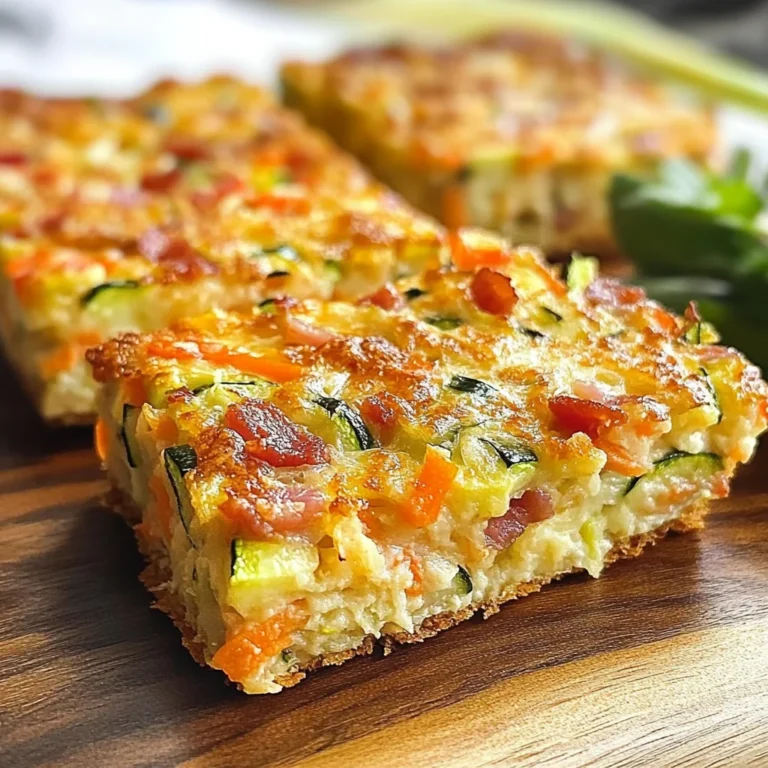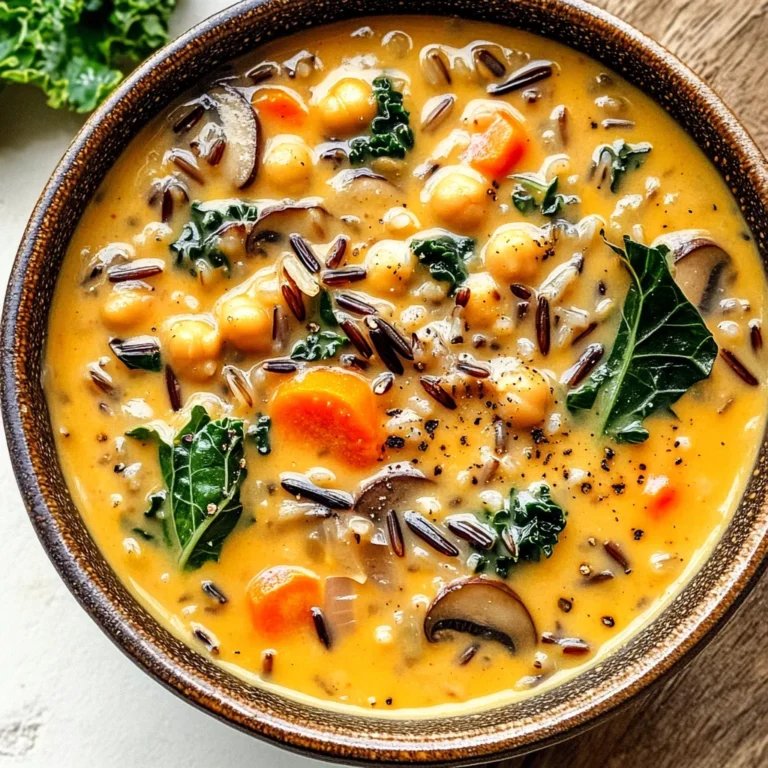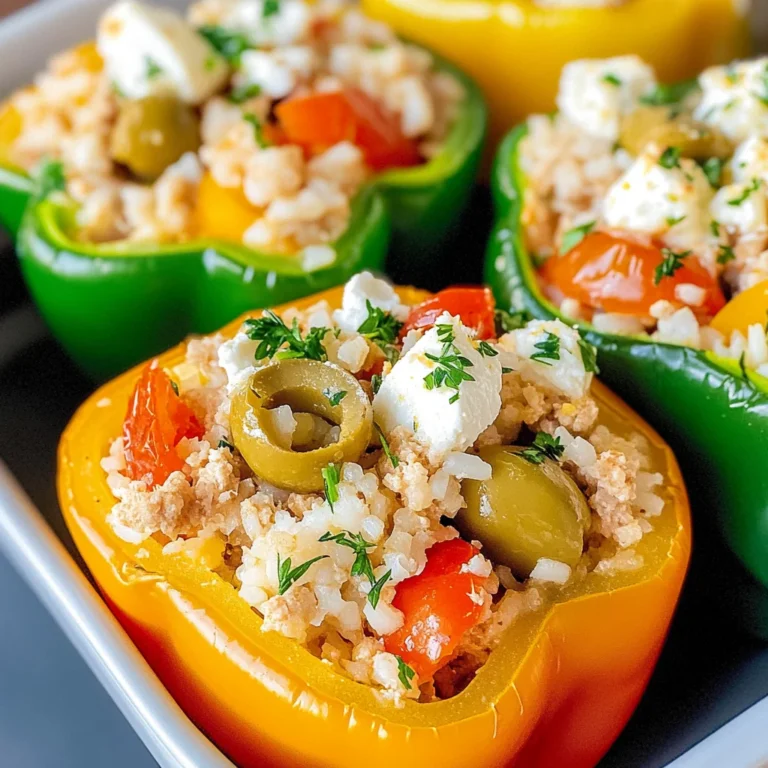Hibachi Vegetables
Hibachi Vegetables are a delightful and colorful dish that brings the flavors of traditional Japanese hibachi right to your kitchen. This easy recipe is perfect for various occasions, whether it’s a casual weeknight dinner or a special gathering with friends. The combination of fresh yellow squash, zucchini, mushrooms, and onions creates a flavorful medley that’s sure to impress. Plus, this dish can be served alongside fried rice or as part of a larger meal.
Why You’ll Love This Recipe
- Quick and Easy: This recipe takes just 15 minutes to cook, making it a perfect option for busy weeknights.
- Flavorful Combination: The harmony of sautéed vegetables paired with soy sauce provides a delicious taste that everyone will love.
- Healthy Side Dish: Packed with nutrients and low in calories, Hibachi Vegetables add a nutritious element to any meal.
- Versatile: These vegetables can complement various main dishes or stand alone as a light meal.
- Homemade Hibachi Experience: Enjoy the fun of hibachi cooking at home without needing a grill.
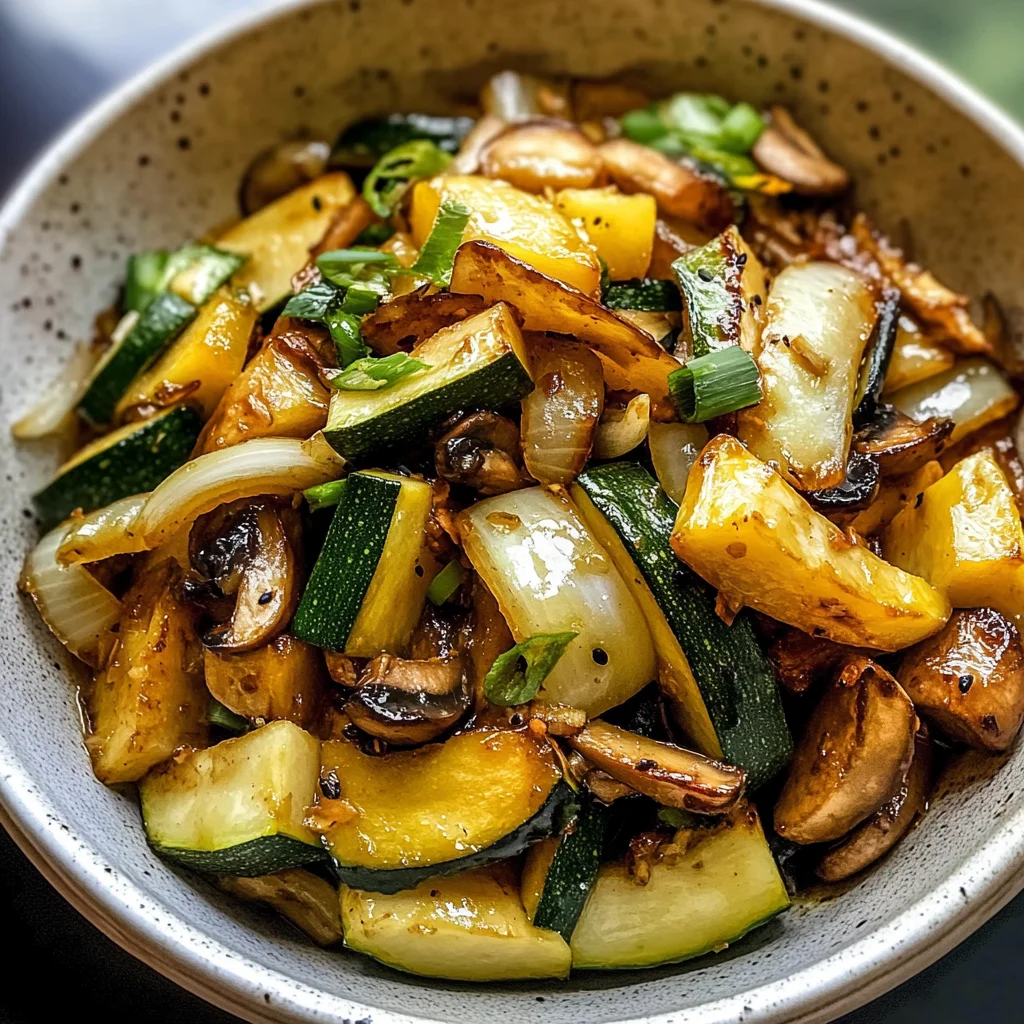
Tools and Preparation
To create your Hibachi Vegetables, you’ll need some essential tools for preparation. Having the right equipment will make this process smooth and enjoyable.
Essential Tools and Equipment
- Wok or large skillet
- Spatula or wooden spoon
- Knife
- Cutting board
Importance of Each Tool
- Wok or large skillet: Provides ample space for sautéing vegetables evenly and allows for quick cooking.
- Spatula or wooden spoon: Perfect for stirring ingredients without damaging them while cooking.
- Knife: A sharp knife is crucial for quickly chopping vegetables into uniform pieces for even cooking.
Ingredients
Hibachi Vegetables are made with fresh yellow squash, zucchini, mushrooms, and onions. It is the same Japanese style restaurant version in the comfort of your own home.
Fresh Vegetables
- 1 cup onion, quartered and thinly sliced
- 2 cups zucchini, cut into strips
- 2 cups yellow squash, cut into strips
- 1 cup mushrooms, sliced
Cooking Essentials
- 1 tablespoon butter
- 2 tablespoons vegetable oil or olive oil
- 2 teaspoons soy sauce
- 1/4 teaspoon salt
- 1/4 teaspoon ground black pepper
How to Make Hibachi Vegetables
Step 1: Heat the Wok
Begin the easy recipe by heating the wok or large skillet over medium-high heat. Add the 1 tablespoon butter, and once it melts, add in the 2 tablespoons oil.
Step 2: Sauté Onions
Add the 1 cup sliced onion to the pan. Sauté for about 2 minutes until it begins to soften and become translucent.
Step 3: Add Other Vegetables
Incorporate the prepared 2 cups zucchini, 2 cups yellow squash, and 1 cup mushrooms into the skillet. Stir well to combine.
Step 4: Season
Next, add in the 2 teaspoons soy sauce, 1/4 teaspoon salt, and 1/4 teaspoon ground black pepper. Continue to cook while stirring frequently until the vegetables soften to your preference—this should take about 10 minutes.
Step 5: Serve
Serve warm with hibachi-style fried rice and yum yum sauce. Store any leftovers in an airtight container in the refrigerator for up to 3 days.
Enjoy your homemade Hibachi Vegetables!
How to Serve Hibachi Vegetables
Hibachi vegetables are a delightful addition to any meal, offering a vibrant and healthy option for your dining table. They pair wonderfully with various dishes and sauces, enhancing their flavor and presentation.
Pair with Fried Rice
- Serve your hibachi vegetables alongside traditional hibachi-style fried rice for a complete meal. The flavors blend beautifully, providing a satisfying texture and taste.
Add Yum Yum Sauce
- Drizzle some yum yum sauce over the vegetables to elevate the dish. This creamy sauce complements the sautéed veggies perfectly, adding a rich flavor profile.
Serve as a Snack
- Enjoy hibachi vegetables as a light snack. They are delicious on their own or paired with dipping sauces for an extra kick.
Accompany Grilled Meats
- Hibachi vegetables make an excellent side for grilled meats. Try them with chicken, steak, or shrimp for a balanced meal full of flavors.
Make a Vegetable Bowl
- Create a colorful vegetable bowl by layering hibachi vegetables over rice or quinoa. Add your choice of protein for a wholesome dish that’s easy to customize.
How to Perfect Hibachi Vegetables
Perfecting hibachi vegetables takes just a few simple techniques. Here are some tips to enhance your cooking experience:
- Use Fresh Ingredients: Fresh vegetables maintain their textures and flavors better than frozen ones, leading to more vibrant dishes.
- Preheat Your Pan: Ensuring your skillet is hot before adding ingredients helps achieve that signature smoky flavor associated with hibachi cooking.
- Cut Uniformly: Slice all the vegetables into similar sizes for even cooking, making them tender without losing their crunch.
- Don’t Overcrowd the Pan: Cook in batches if necessary to avoid steaming the vegetables. This keeps them crisp and enhances their natural flavors.
- Adjust Seasonings: Taste as you cook! Feel free to add more soy sauce or seasonings based on your personal preference.
- Experiment with Vegetables: While this recipe features staple veggies, feel free to include others like bell peppers or asparagus for variety.
Best Side Dishes for Hibachi Vegetables
Hibachi vegetables can be complemented by various side dishes that enhance their flavors while creating a well-rounded meal. Here’s a list of fantastic options:
-
Fried Rice
A classic pairing, fried rice adds heartiness and substance, making it an ideal foundation for your hibachi veggies. -
Grilled Chicken Skewers
Tender chicken skewers marinated in soy sauce and sesame oil provide protein that pairs well with the fresh taste of the vegetables. -
Miso Soup
Light miso soup offers warmth and umami flavor that contrasts nicely with the sautéed veggies. -
Seaweed Salad
A refreshing seaweed salad brings crunch and a hint of saltiness, making it an excellent complement to the dish. -
Sushi Rolls
Add some sushi rolls filled with fish or veggies for fun finger food that balances out the meal’s flavors and textures. -
Edamame Beans
Steamed edamame sprinkled with sea salt offers a nutritious snack option that pairs well with any Japanese-inspired meal. -
Tempura Vegetables
Lightly battered and fried tempura adds another layer of texture and flavor that beautifully complements hibachi veggies. -
Pickled Ginger
Serving pickled ginger on the side enhances palate cleansing between bites while adding a zesty kick to each forkful of food.
Common Mistakes to Avoid
When preparing Hibachi Vegetables, it’s easy to overlook a few essential steps. Here are some common mistakes and how to avoid them.
- Boldly skipping the prep: Failing to prepare all vegetables before cooking can lead to uneven cooking. Chop everything in advance for a consistent texture.
- Boldly neglecting oil: Using too little oil can cause sticking and burning. Ensure you have enough oil in the pan to help sauté the vegetables evenly.
- Boldly overcrowding the pan: Adding too many vegetables at once can steam rather than sauté them. Cook in batches if necessary for optimal results.
- Boldly ignoring seasoning: Skipping or under-seasoning can result in bland flavors. Always taste and adjust seasoning before serving.
- Boldly rushing the cooking time: Cooking on too high heat may char the veggies too quickly. Stick to medium-high heat for better control and texture.
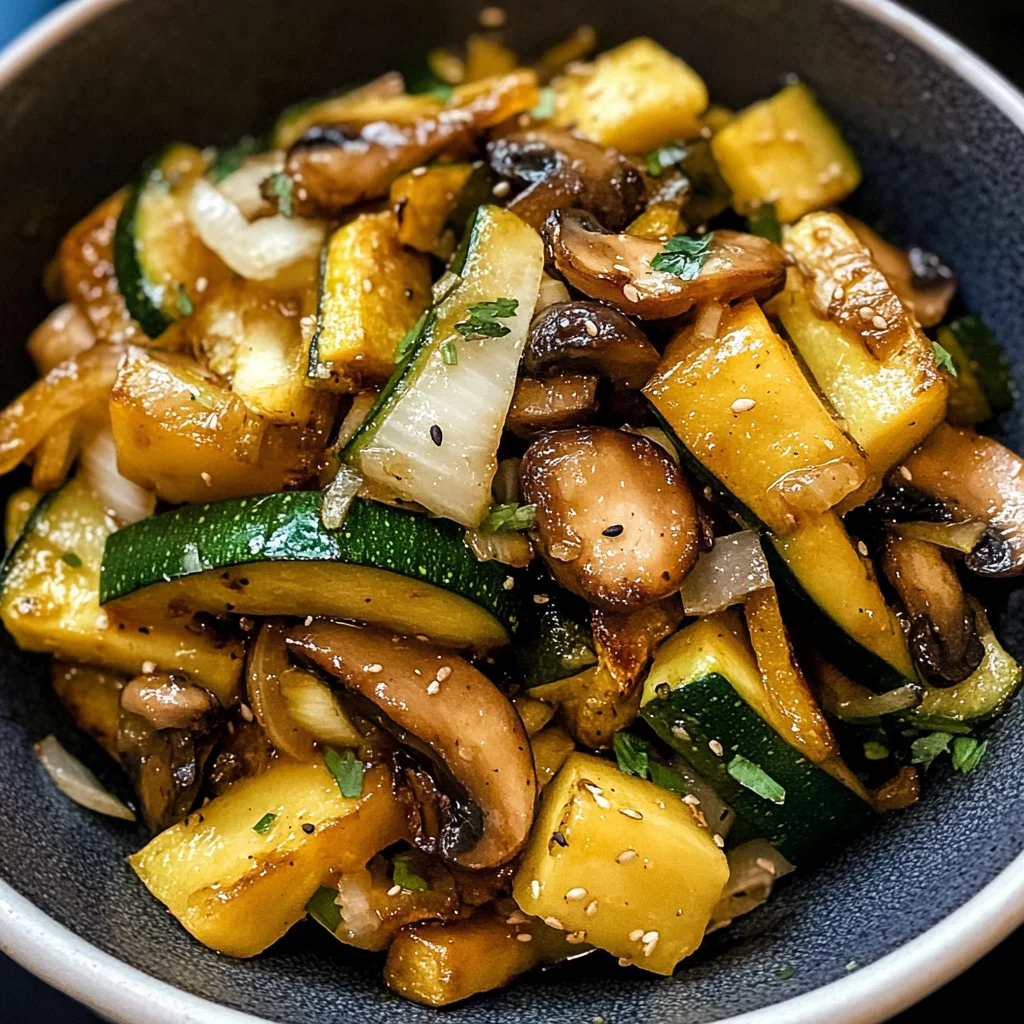
Storage & Reheating Instructions
Refrigerator Storage
- Store leftover Hibachi Vegetables in an airtight container.
- They will last for up to 3 days in the refrigerator.
Freezing Hibachi Vegetables
- For longer storage, freeze them in a freezer-safe bag or container.
- They can be frozen for up to 2 months.
Reheating Hibachi Vegetables
- Oven: Preheat to 350°F (175°C) and bake for about 10-15 minutes until warmed through.
- Microwave: Heat in short bursts of 30 seconds, stirring between intervals, until hot.
- Stovetop: Sauté on medium heat with a splash of oil until heated through.
Frequently Asked Questions
Here are some frequently asked questions about Hibachi Vegetables that might help you.
What are Hibachi Vegetables?
Hibachi Vegetables are a medley of fresh veggies typically prepared on a hibachi grill or skillet, featuring zucchini, yellow squash, mushrooms, and onions.
How do I customize my Hibachi Vegetables?
You can add other vegetables like bell peppers, broccoli, or carrots for more flavor and color. Adjust seasonings as per your taste!
Can I make Hibachi Vegetables vegan?
Yes! This recipe is already vegan-friendly as it uses plant-based ingredients. Just ensure your soy sauce is also vegan.
Are Hibachi Vegetables healthy?
Absolutely! Hibachi Vegetables are low in calories and packed with nutrients from fresh vegetables.
Final Thoughts
Hibachi Vegetables offer a delightful way to enjoy fresh produce with vibrant flavors. This versatile recipe allows for endless customization—feel free to experiment with different veggies or sauces. Give it a try; you’ll love how easy it is to replicate this restaurant favorite at home!
Hibachi Vegetables
Hibachi Vegetables are a vibrant and delicious dish that brings the beloved flavors of Japanese hibachi right to your table. This simple, quick recipe highlights a colorful medley of fresh yellow squash, zucchini, mushrooms, and onions, all sautéed to perfection in just 15 minutes. Perfect for busy weeknights or special gatherings, these flavorful veggies can be served alongside fried rice or enjoyed on their own as a light meal. With minimal prep and cooking time, you’ll have a wholesome side dish that’s nutritious and satisfying—ideal for any occasion.
- Prep Time: 5 minutes
- Cook Time: 15 minutes
- Total Time: 20 minutes
- Yield: Serves 4
- Category: Side Dish
- Method: Sautéing
- Cuisine: Japanese
Ingredients
- 1 cup onion, quartered and thinly sliced
- 2 cups zucchini, cut into strips
- 2 cups yellow squash, cut into strips
- 1 cup mushrooms, sliced
- 1 tablespoon butter
- 2 tablespoons vegetable or olive oil
- 2 teaspoons soy sauce
- 1/4 teaspoon salt
- 1/4 teaspoon ground black pepper
Instructions
- Heat a wok or large skillet over medium-high heat. Add butter and allow it to melt with the oil.
- Sauté the onions for about 2 minutes until softened.
- Add zucchini, yellow squash, and mushrooms; stir to combine.
- Season with soy sauce, salt, and pepper. Stir-fry until vegetables reach desired tenderness (about 10 minutes).
- Serve warm with your favorite sides.
Nutrition
- Serving Size: 1 cup (150g)
- Calories: 106
- Sugar: 3g
- Sodium: 257mg
- Fat: 8g
- Saturated Fat: 2g
- Unsaturated Fat: 6g
- Trans Fat: 0g
- Carbohydrates: 9g
- Fiber: 3g
- Protein: 2g
- Cholesterol: 5mg


